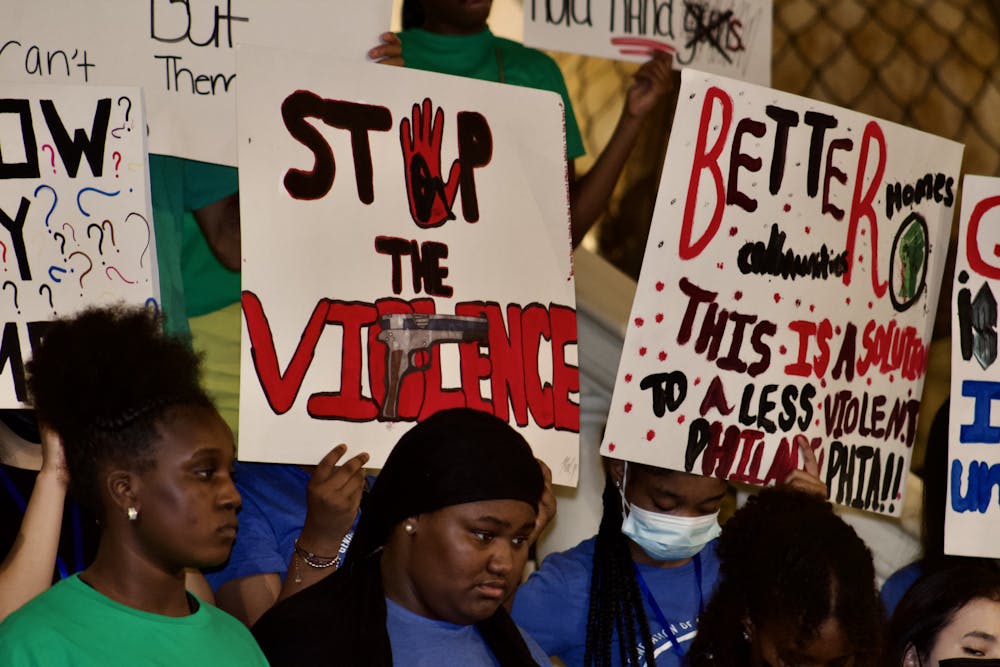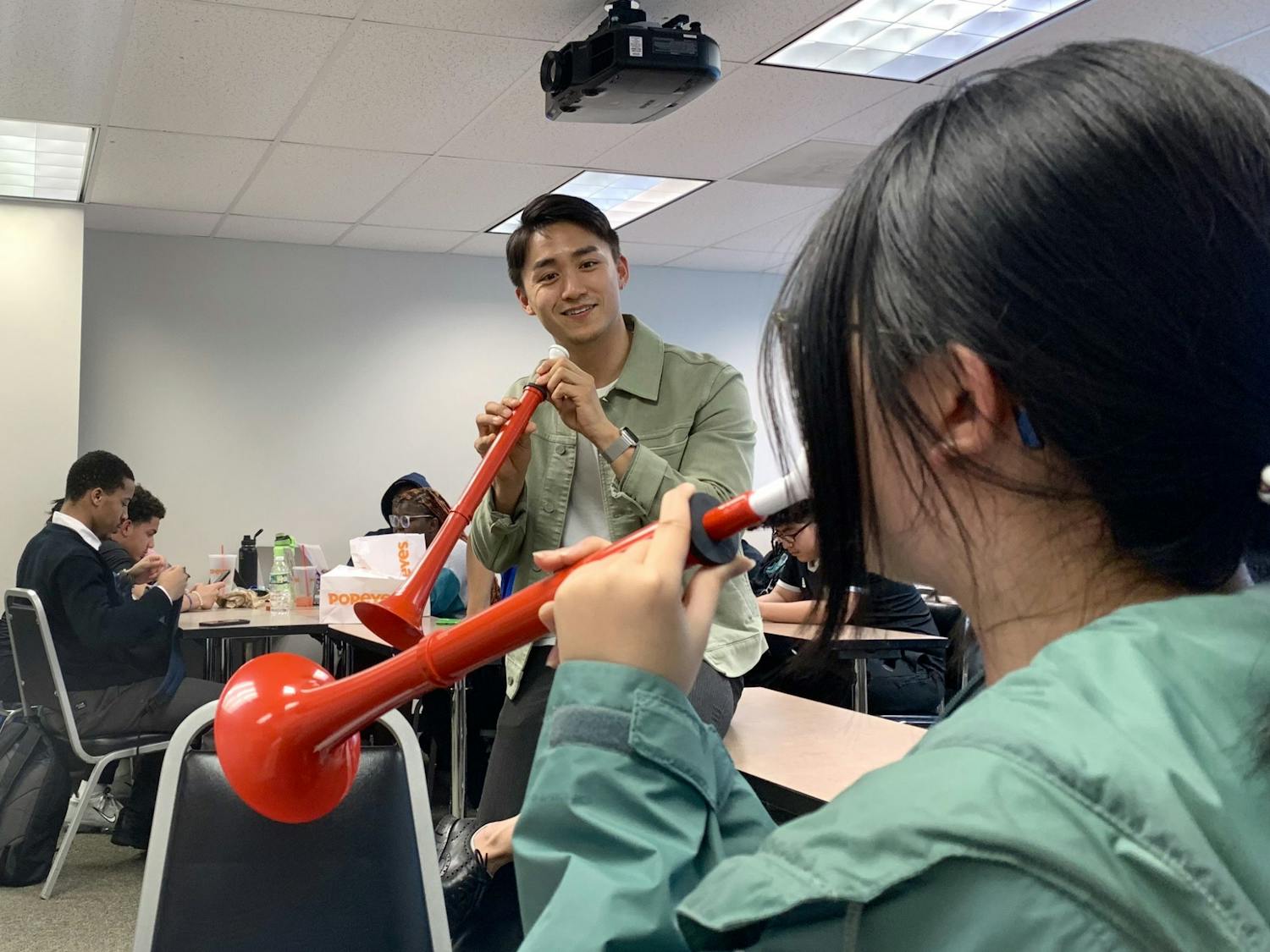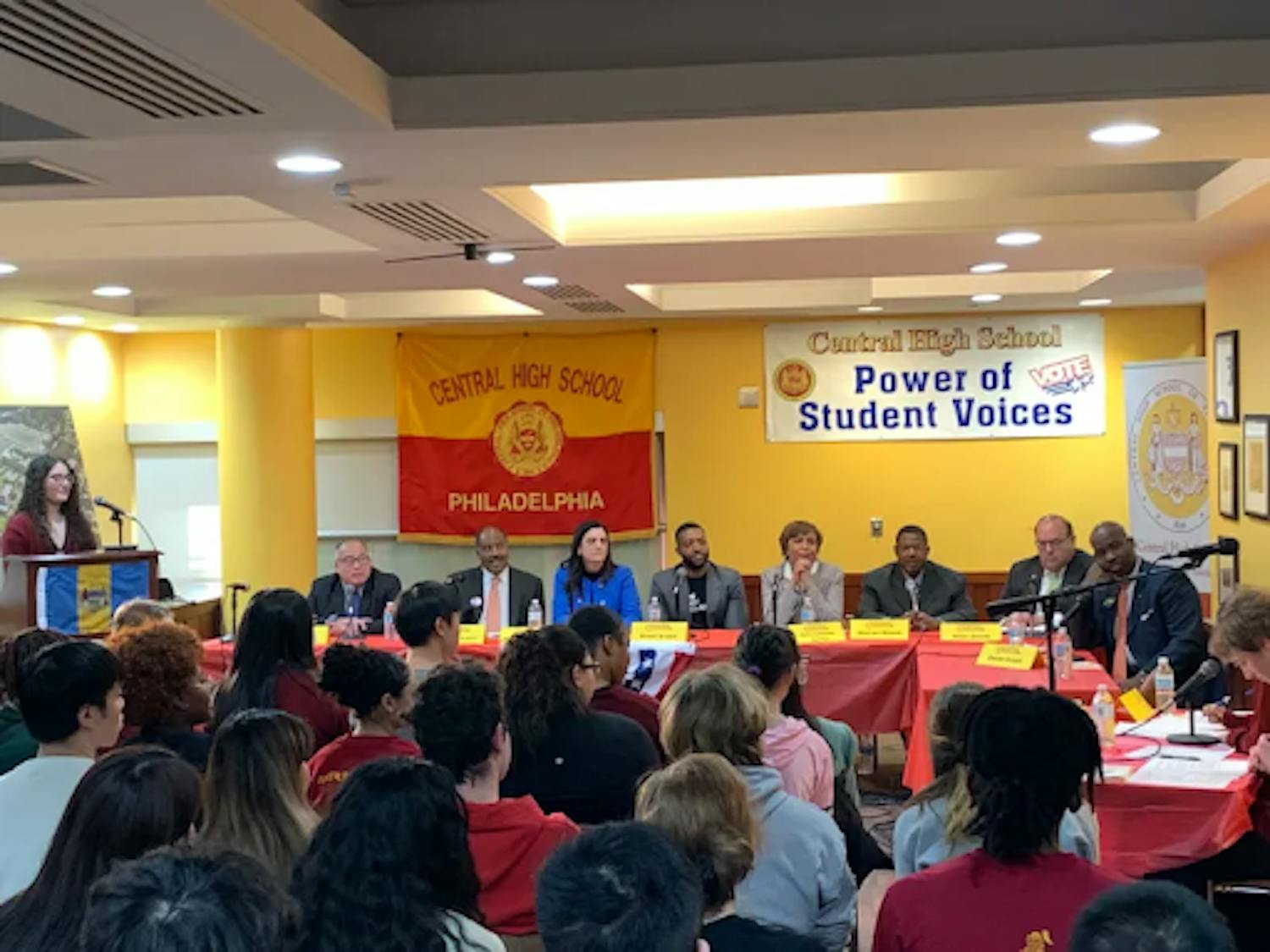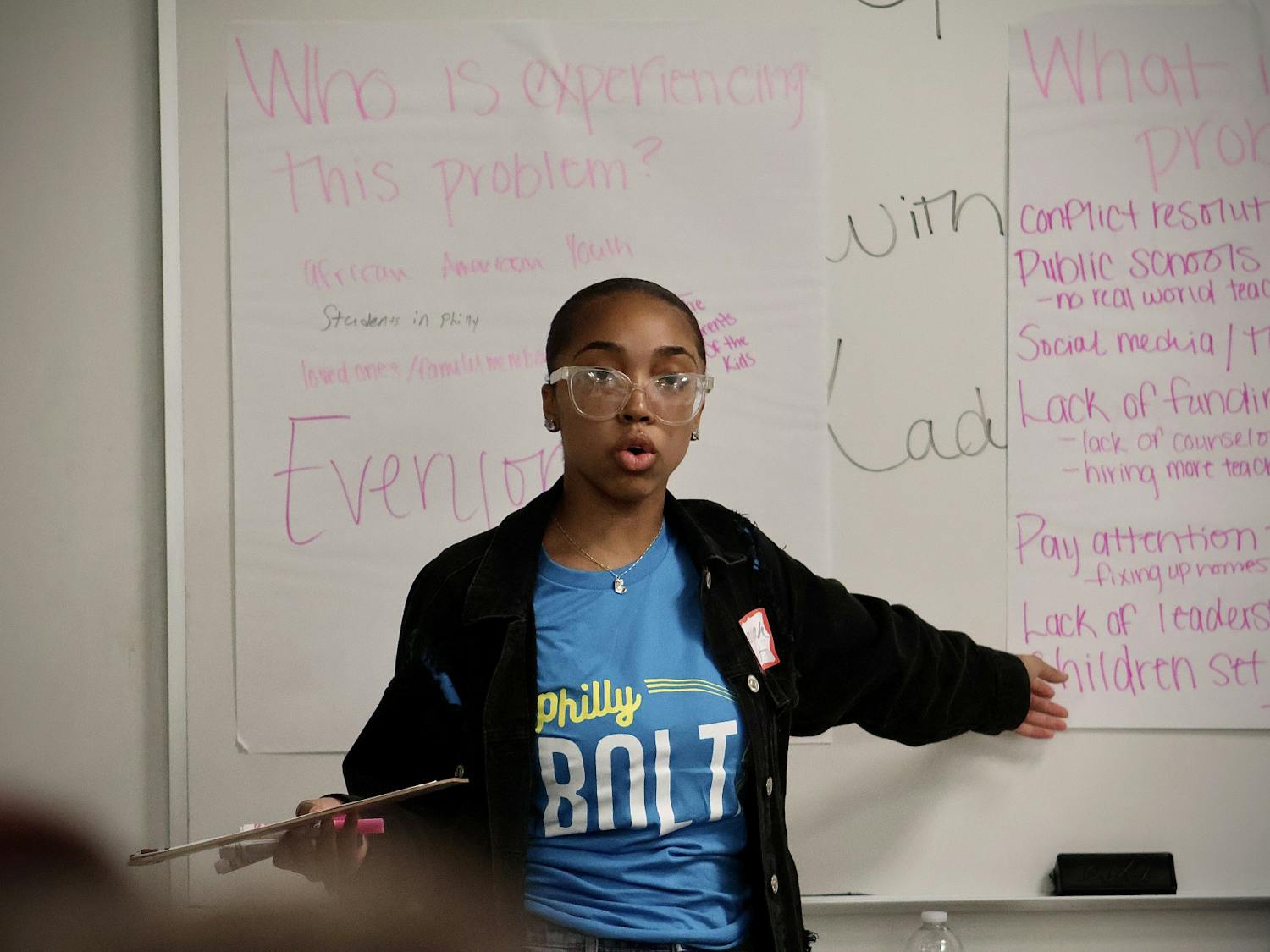2023 – the year that Philadelphia residents expect the rate of gun violence to decrease turns to wishful thinking. Less than 3 months into 2023, Philadelphia has already surpassed the 100-homicide mark (WHYY). According to the Office of the Controller, “525 nonfatal and 130 fatal shooting victims as of May 18, 2023” have been recorded.
A group that is increasingly making up these gun-violence victims are teens and adolescents. A month ago, NBC reported that “already this year, more than 100 students in the Philadelphia school district, under the age of 18, have been shot and over 20 have died from gun violence.” This news is not new; there has been an upward trend in the rate of gun-violence exposure among teens and adolescents over the past few years: the percentage of nonfatal and fatal shooting victims in Philadelphia under the age of 18 made up 6% of the total victims in 2015, while they made up 10% of the total victims last year.
With this sharp increase in the rate of gun violence in the city, it's no surprise that the youth of Philadelphia are heavily impacted by the consequences of this violence. The group of youth most plagued by gun violence is black youth. A 2017 study published in the American Journal of Public Health found that “the overall rate of firearm assault was 5.0 times higher for Black people compared with White people'' for all ages. This disparity in gun violence exposure stems from the legacy of racist policies. For example, a study conducted by the Office of the City Controller in 2019 assessing the overlap between historically redlined neighborhoods and the concentration of regional gun violence in the city today found that these neighborhoods “experience the highest levels of violence.”
A 2021 study published in The Lancet Regional Health- Americas Journal found that the disproportionate incidence of gun violence in historically redlined neighborhoods stems from the demographic-altering impact of the policy. Namely, factors such as “preclusion from homeownership, poverty, [and] poor education attainment,” have led to the increased incidence of violence in these communities.
As the impacts of these policies continue to persist and elected officials to enact band-aid solutions, the youth of the city must continue to grapple with the problem of gun violence. The rise in crime and violence has tangible impacts on teens and adolescents. These impacts include a decline in mental health and participation in risky behaviors. For instance, a study conducted by the Perelman School of Medicine at the University of Pennsylvania examining the rate of “mental health-related” emergency department visits by youth after shootings in Philadelphia found that “a total of 2629 people were shot in the study area,” “54,341 children living nearby had 1 or more ED visits within 60 days of a shooting.” Citing the same study, 6ABC reported: “Children who live close to areas where shootings happened are 134% more likely to go to the ER for a mental health issue.” Furthermore, there is increasing consensus that teens exposed to violence have a higher chance of developing post-traumatic stress disorder, anxiety, and depression. (Everytown). Finally, youth exposure to violence increases the likelihood of “abuse[ing] drugs and alcohol” (Everytown).
In the face of gun violence and its subsequent consequences, youth across the city have united to demand change to the status quo. On April 2nd, a youth march led by the community on Market Street and convening in City Hall sent a clear message: change needs to happen now. One month later, Girls’ High hosted students from across the School District of Philadelphia for Safety Summit following the death of an SDOP student.
On April 14th, PhillyBolt, a Philly nonprofit which seeks to empower grassroots community leaders, held a student-led Mayoral Forum to allow youth to directly tell elected officials and mayoral candidates the issues they are concerned about and the changes they would like to see. Chief among these concerns was gun violence. Shanice Lowery, a co-facilitator of the gun violence workshop at the event, reflects on the state of gun violence in the city: “Philadelphia needs to do better. Speaking for myself, I’m hurt. I’m angry and I’m sad every day because I can’t live a normal life. I can’t step foot outside without being cautious and checking my surroundings every single second.” Amiyahmonét Parker, another co-facilitator, urges that “something effective needs to be done so youth can be free to live again.”
Against the backdrop of the continuous and relentless outcry for change among youth, as they continue to witness and fall victim to gun violence, it is clear that the time for change is now. The youth demands the implementation of policies that will stop gun violence in its tracks, starting today. These demands include an increase in funding for public safe spaces, such as libraries and recreation centers so they can stay open for longer and more days of the week. These safe spaces provide youth with the option to stay off the streets when they are out of school, limiting the possibility of conflict and ultimately reducing gun violence among the demographic. Additionally, to combat the mental health toll of gun violence on youth, the city should provide funding for the training of mental health professionals to respond more appropriately and efficiently to violence-linked mental health complaints. With the rising rate of gun violence and the subsequent increase of violence-linked complaints, such training would better equip mental health professionals to better serve the patients and lead to better health outcomes post-exposure to gun violence.
The city should invest in more community development programs. Such programs would not only foster dialogue about the issue of gun violence among community members and lighten the burden of coping with the heaviness of it, but could also provide resources, such as information about desirable employment opportunities, mental health services, and crisis intervention strategies, which would ultimately decrease gun violence in high-risk communities.




